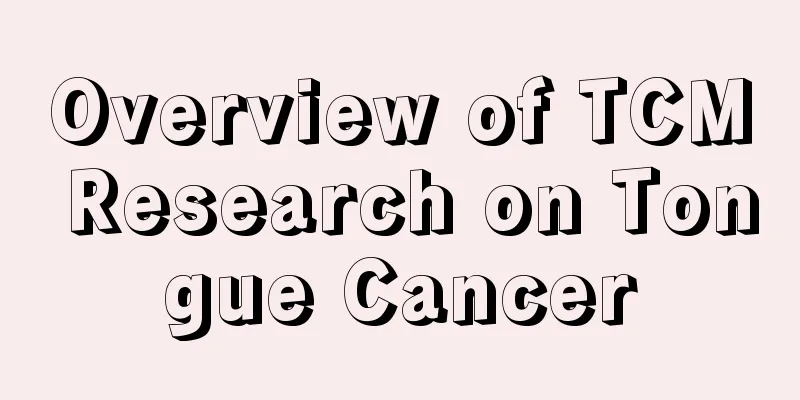The early symptoms of glioma are different

|
The prevalence of intracranial tumors is getting higher and higher, and different intracranial tumors show different clinical manifestations, presenting a complex and diverse phenomenon. If you suffer from intracranial tumors, there will be some clinical manifestations. Patients should be vigilant and go to relevant specialist hospitals for examination in time. Glioma is one of them. What are the different early symptoms of glioma? 1. Headache: About 30% of patients with brain gliomas experience headaches, and about 70% of them will have gradually worsening headaches. This type of headache is mostly non-specific, but intermittent, mostly located on the same side of the lesion, and mostly manifests as dull pain rather than throbbing pain, which is sometimes difficult to distinguish from tension headaches. Brain gliomas usually manifest as forehead pain, while cerebellar gliomas often manifest as pain in the occipital region and neck. If the tumor is too large and produces high intracranial pressure, the headache will be significantly aggravated, sometimes waking up from sleep due to pain, and significantly aggravated during vigorous head movement, sometimes accompanied by nausea and vomiting. If the intracranial hypertension persists for too long, there will also be symptoms of decreased vision. 2. Mental changes: About 15-20% of glioma patients have changes in mental state as the first symptom, mainly manifested in changes in emotions, personality, cognitive function, calculation ability and memory. 3. Focal neurological symptoms: The different locations of the tumors can also cause corresponding neurological deficit symptoms, such as limb paralysis, sensory impairment, aphasia, unsteady gait, hemianopsia, alexia and agraphia. 4. Cranial nerve symptoms: Damage to different cranial nerves will produce corresponding neurological symptoms, such as decreased vision, diplopia, strabismus and facial paralysis. In general, glioma can show all the symptoms of neurological diseases, but not all symptoms will appear in a certain person, and these early symptoms will vary with the type of tumor, tissue characteristics, growth location and speed. Therefore, it is best to detect and treat glioma early. |
<<: How much do you know about hamartoma
>>: What are the precursors of glioma
Recommend
How to prevent shoes from rubbing your feet
If you feel your feet rub against your newly boug...
Is cerebral vasospasm serious?
The importance of physical health cannot be overs...
Indications for common bile duct exploration
The gallbladder secretes bile to aid digestion. I...
How to measure blood pressure more accurately
Blood pressure is an important health indicator o...
Two prescriptions for syndrome differentiation and diet therapy for patients with colorectal cancer
Colorectal cancer patients become weak after a se...
What are the causes of itchy ears
In daily life, many people find that their ears o...
What are the early symptoms of pituitary tumors
When female friends experience amenorrhea and mal...
How to prevent lung cancer through diet? Pay attention to these 4 points in diet to prevent lung cancer
Many other studies have also shown that drinking ...
How to relieve dyspnea caused by pleural effusion in patients with lung cancer
When lung cancer patients have pleural effusion, ...
How to perm a good-looking bob
Different face shapes are suitable for different ...
What are the effects and functions of cat's eye grass
Cat's eye grass is a common plant and is used...
Which hospital is good at treating colorectal cancer
As long as it is a provincial hospital, the treat...
What to do if your face becomes dry in autumn
Autumn is a cool season, a harvest season, and al...
What causes painful urination?
When urinating, you feel pain in the urethra, bla...
The effect of nystatin effervescent tablets
Because of the development of medical technology ...









